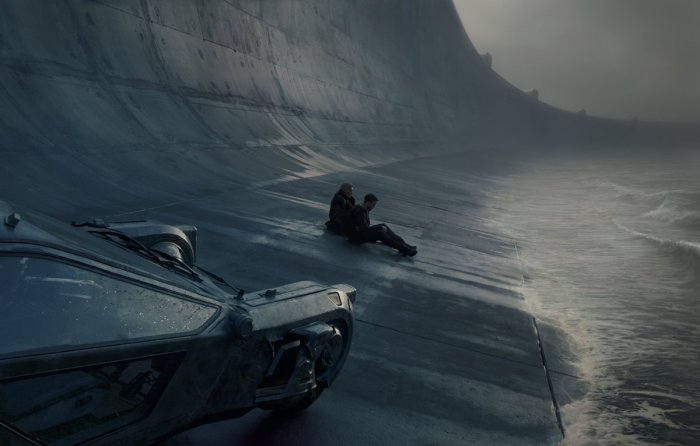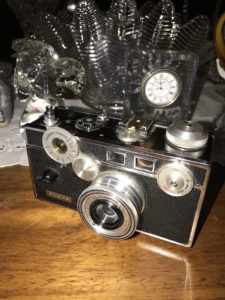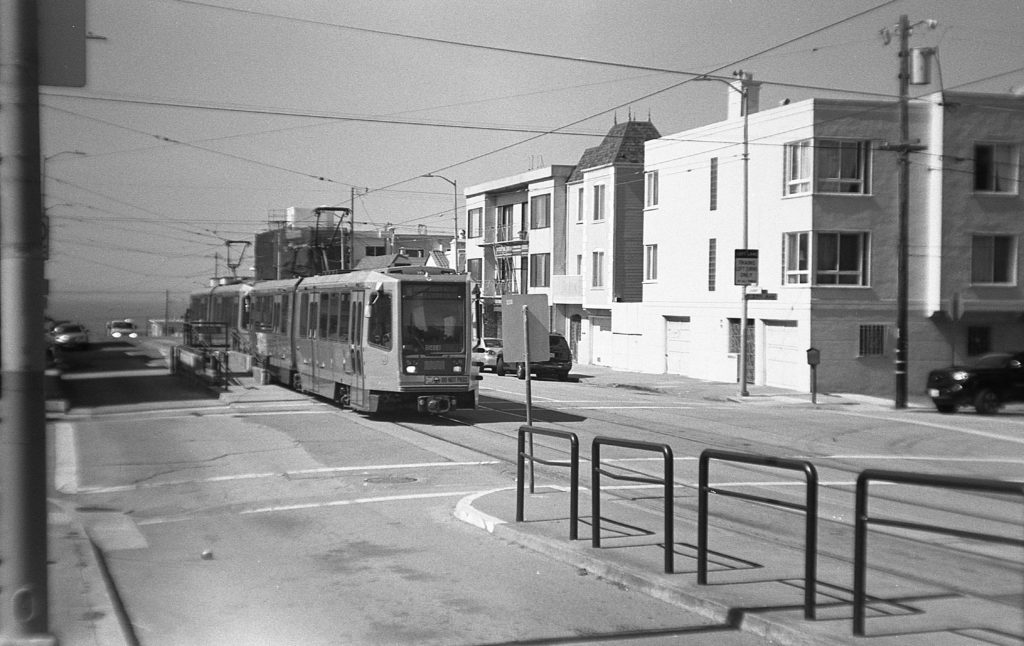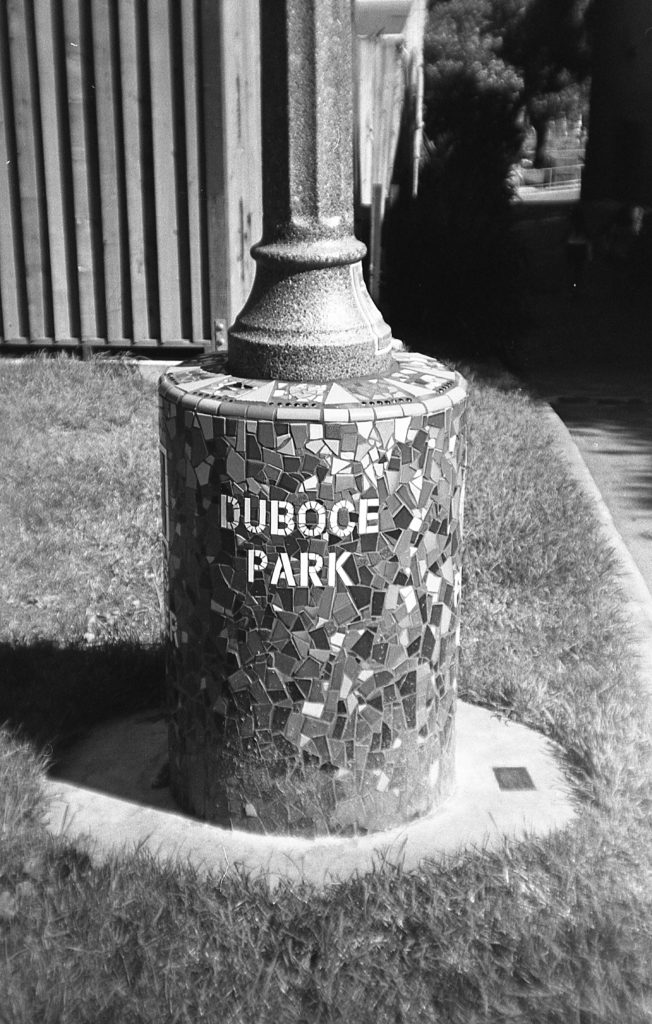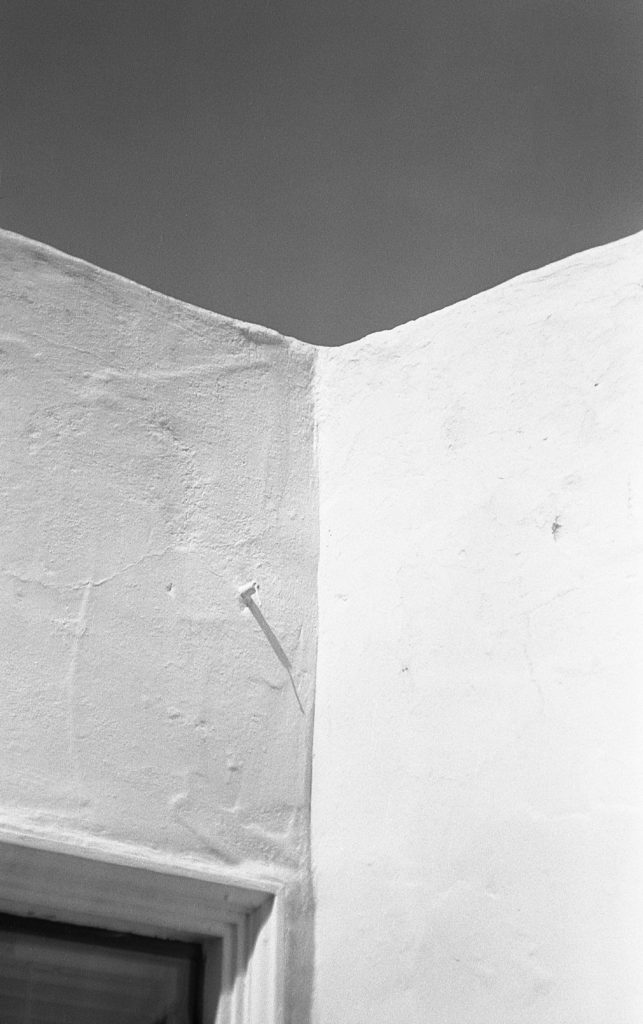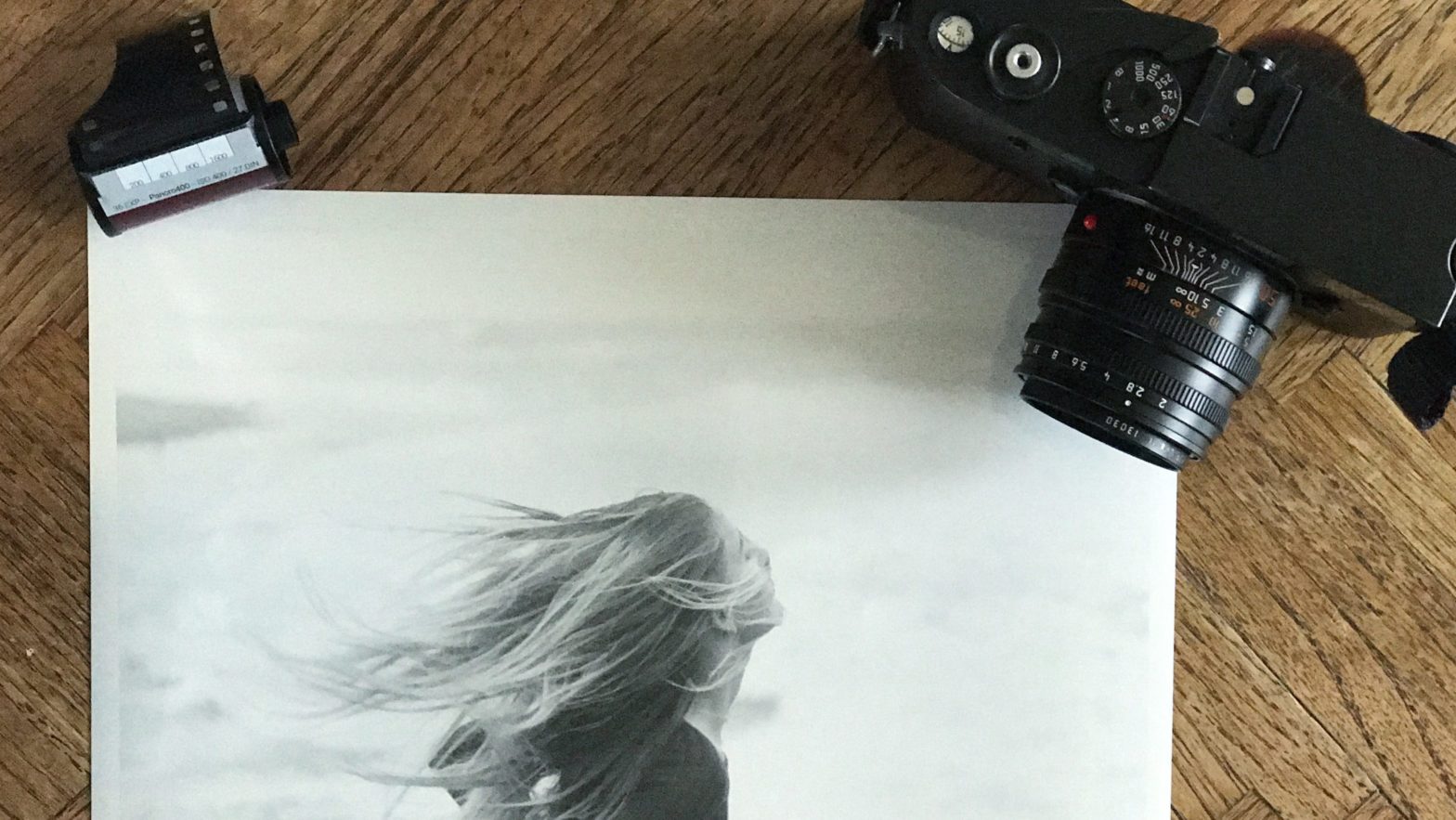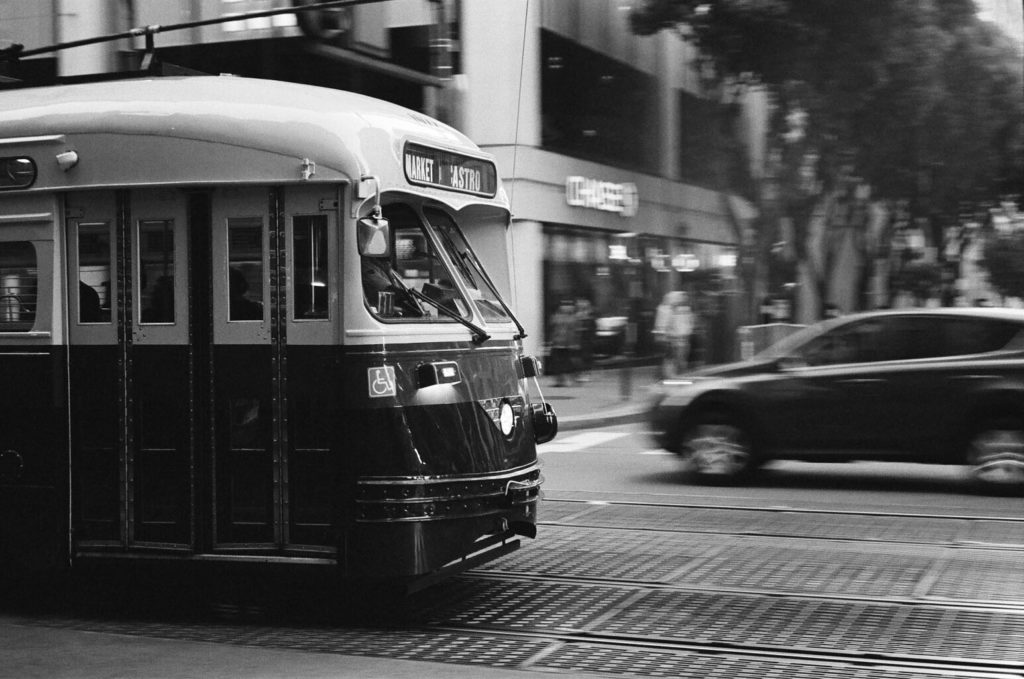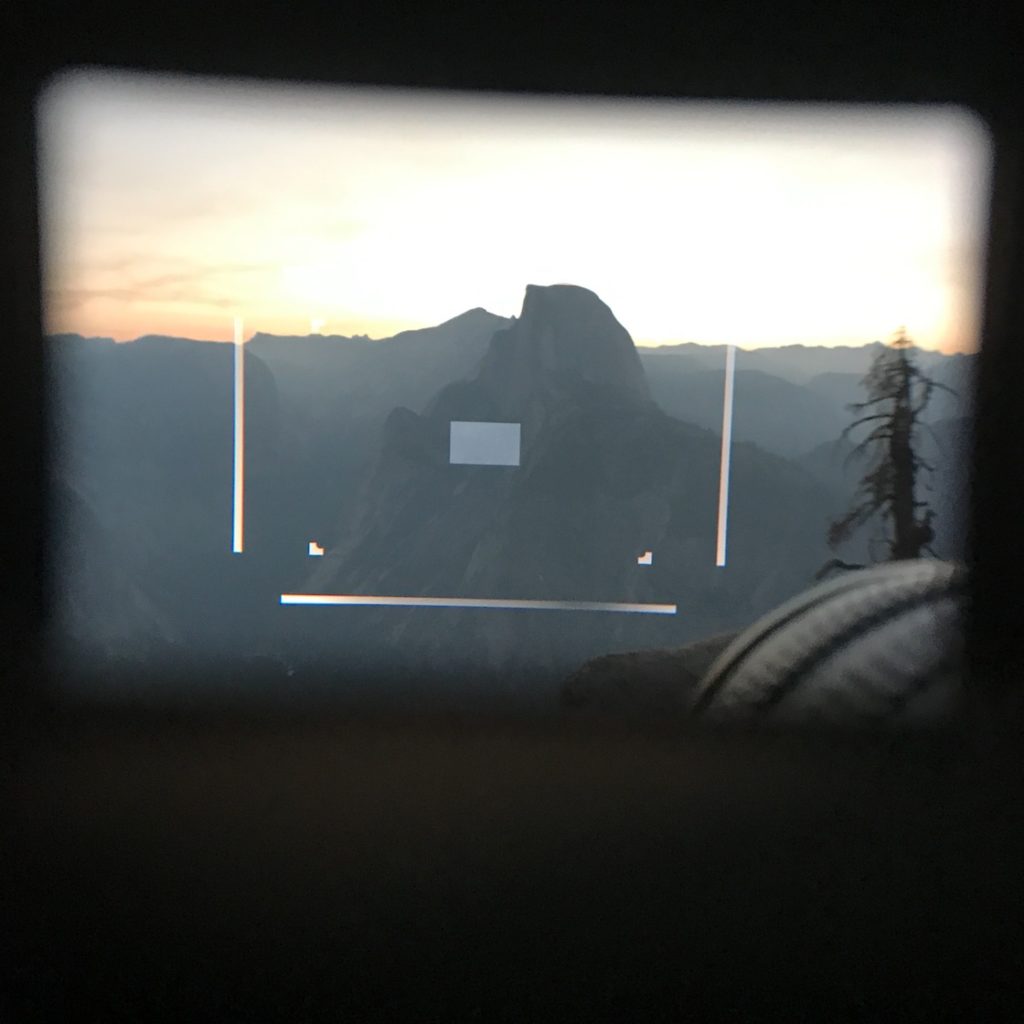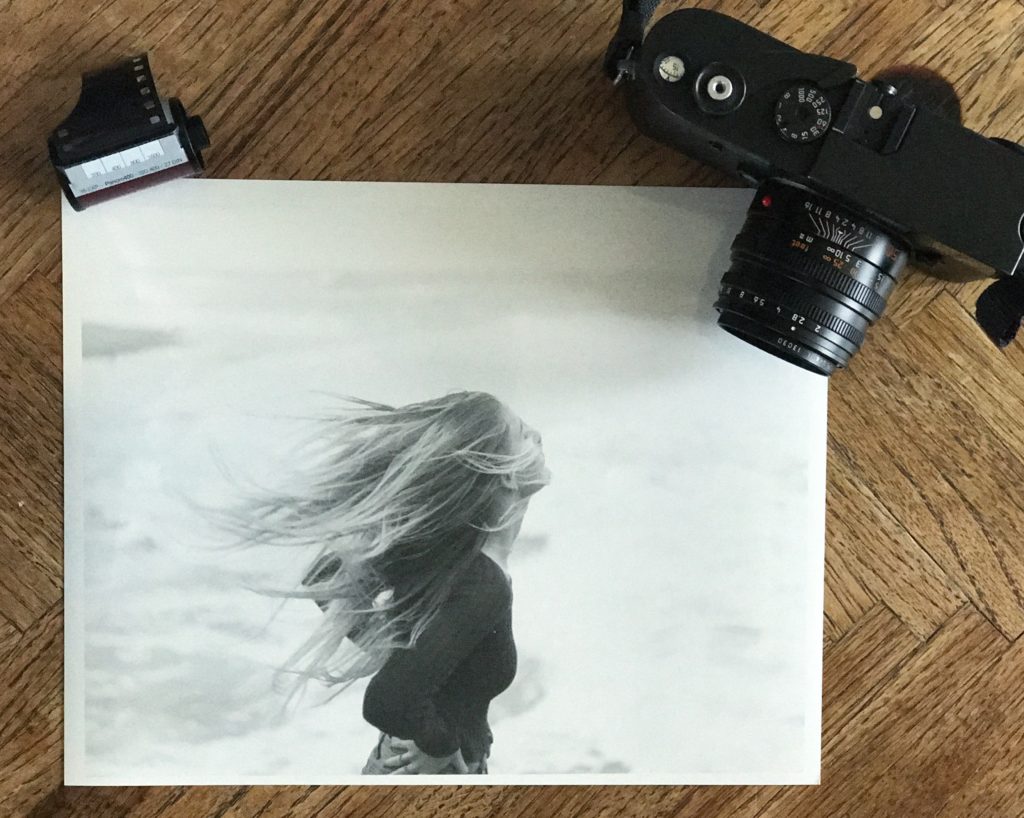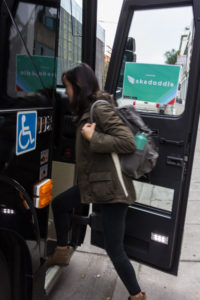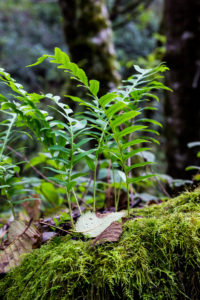I stand developed Ilford FP4+ ISO 125 in 500ml of 68F, 1:100 Rodinal for an hour. I was expecting a very fine grain, and high amount of accutance but was slightly disappointed. The highlighting and gradient effect you expect from stand development still blew me away. In the highlights the grain was fine, but the midtones and shadow areas gave medium grain that one would find in pushed film. With all this said, when looking at a magnifier, these were the sharpest negatives I had ever seen. The quirkiness of the results will make me think twice before using it as a film for landscapes, but the detail I got from the close up shots with bokeh make me see the potential for portraits.
Unfortunately, the low-end Epson V600 scanner I had wasn’t able to capture the subtleties in highlights that I could see in the negative. I’m pretty sure that as a print the highlights will be there, and if not, a little dodging should fix that.
Here’s a photo shot with Ilford HP5+ 400 pushed to ISO 1600 stand developed in 500ml of 68F, 1:100 Rodinal for 2 hours. This shot is exceedingly sharp thanks to the lens, and stand development process. However, the grain prevails everywhere. Some like this; others don’t. I am a fan of grain, but also understand the need for fine or undetectable grain for portraits.
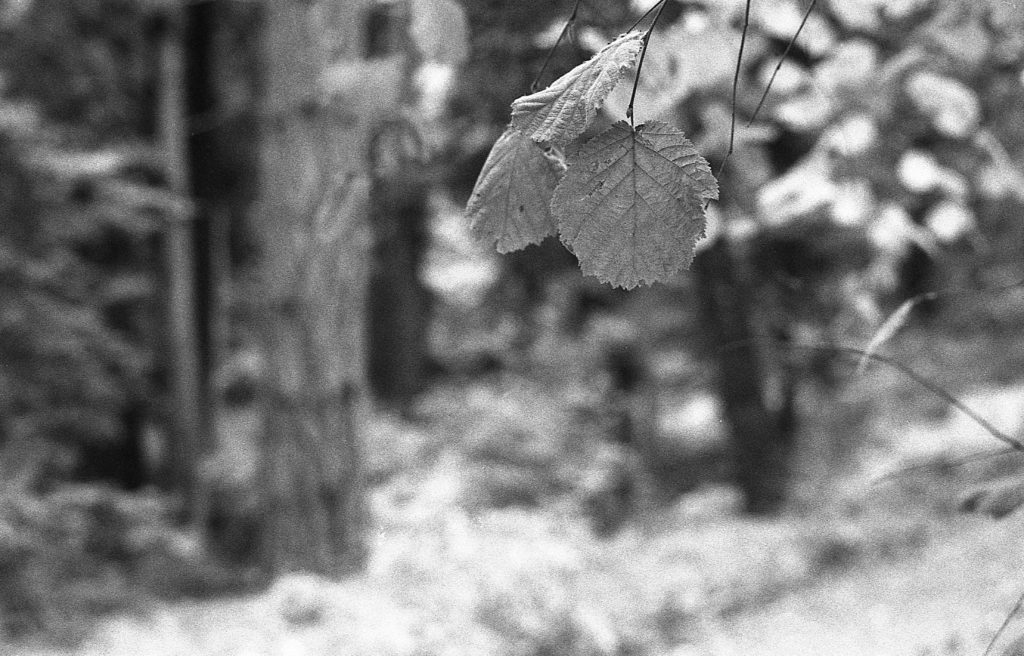
Here’s a photo shot with Ilford FP4+ ISO 125 in 500ml of 68F, 1:100 Rodinal stand developed for an hour. You can see the fine detail and sharpness, but the bokeh area has a bit of grain.
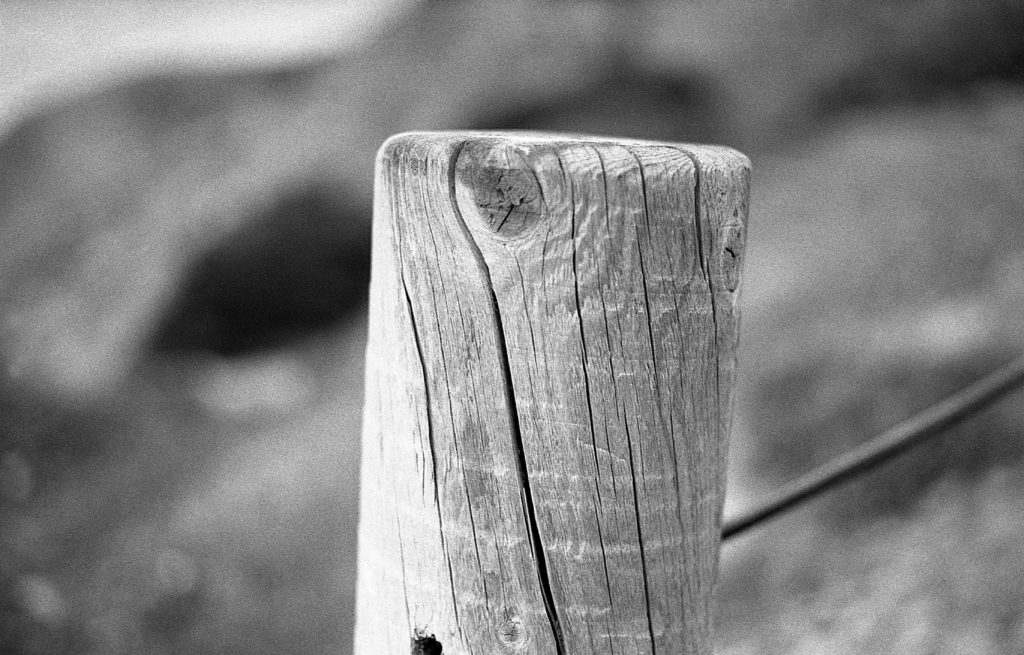
If you compare the first two photos carefully, you can see that the Ilford FP4+ definitely has the finer grain, but not as fine as one would expect. I know I’m not comparing apples and oranges, but Portra 160 when well or slightly over-exposed exhibits no detectable grain.
Here’s another photo shot with Ilford FP4+ ISO 125 in 500ml of 68F, 1:100 Rodinal stand developed for an hour. This is a photo of a very popular spot for photographers, Sutro Baths in San Francisco. There were at least 2 couple photography sessions happening while I was here.
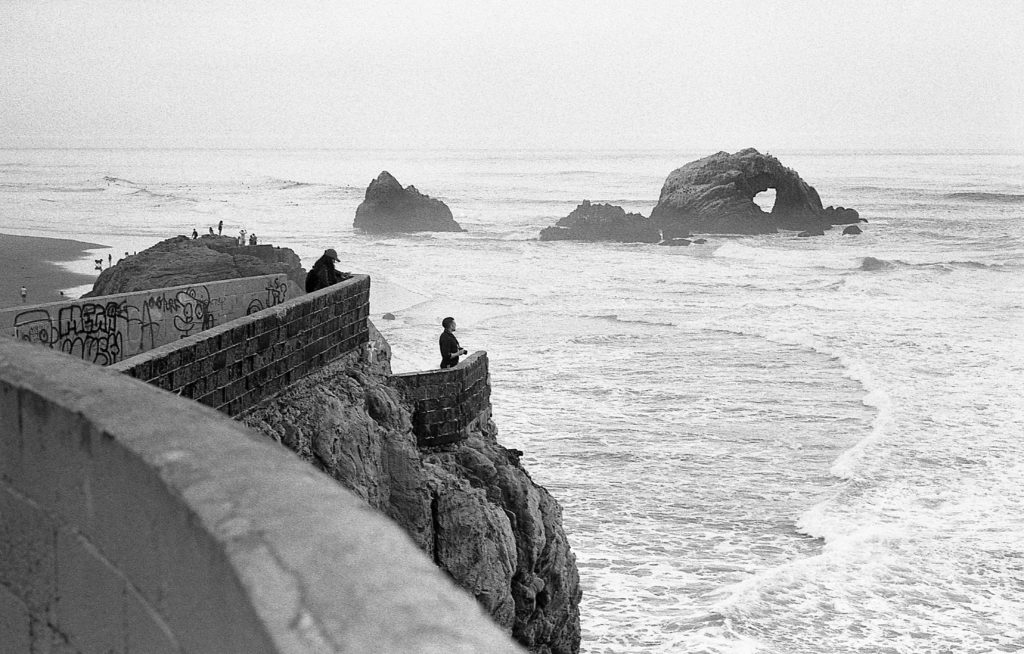
So I’m really not sold on Ilford FP4+ for landscapes, but close ups and portraiture would seem to be its strength. I was surprised by the amount of grain, too. I am not sure I would buy this film again.
